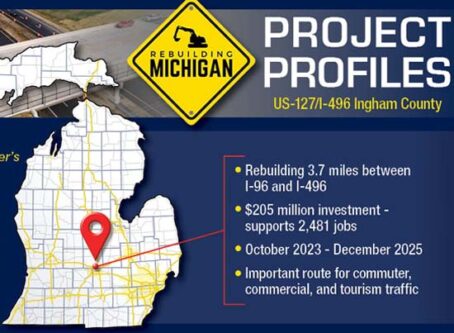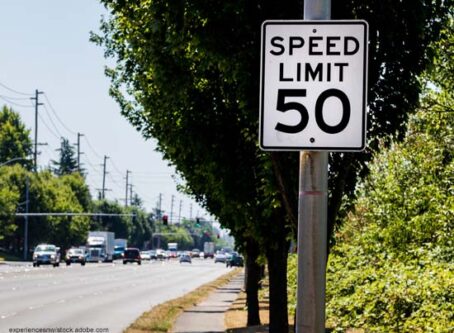Natso study suggests commercializing public rest areas will reduce truck parking spaces
As lawmakers and industry stakeholders are looking for a solution to the truck parking problem, some are suggesting to commercialize rest areas. However, an updated study by Natso, an association representing travel plaza and truck stop owners and operators, reveals that commercializing rest areas will actually reduce the amount of truck parking spaces.
In 2010, Natso released a study titled “Rest Area Commercialization and Truck Parking Capacity: Commercialization is Not the Answer to Truck Parking Needs.” The study compared the number of truck parking spaces and truck parking facilities on stretches of highway with commercialized public rest areas (offers food, fuel, etc.) and non-commercialized rest areas. Natso found that there were 5.86 spaces per mile in non-commercialized areas but only 3.72 spaces in commercialized zones.
Since then, the parking problem has not improved much and infrastructure funding has been severely lacking. In response, some lawmakers have proposed eliminating a federal law established back in 1958 that prohibits the commercialization of public rest areas along the interstates’ right-of-way. Natso recently updated its 2010 study to show lawmakers how such a reversal will be counterproductive.
What did the most recent study find? That the problem is now slightly worse.
In 2017, there were 6.57 truck parking spaces per mile in non-commercialized interstate segments. Conversely, there were only 3.88 spaces in commercialized areas, suggesting there are 69 percent more parking spaces in the non-commercialized portions of the nation’s highways. Compared to 2010, the gap between spaces in non-commercialized zones versus commercialized zones grew wider.
Of the more than 12,000 interstate miles analyzed, commercialized rest areas accounted for 24 percent of total lane miles. However, those areas provided only about 16 percent of total parking spaces. More specifically, there were 11,660 trucking parking spaces in the commercialized areas compared to the more than 62,000 spaces in non-commercialized areas.
Broken down by public and private spaces, Natso’s claim of keeping the federal law as it is holds more weight. In commercialized zones, there were 874 public spaces, or 0.29 spaces per mile. In non-commercialized zones? There were more than 9,000 public spaces, which was equal to one space for every mile.
In terms of truck parking facilities, there were 235 facilities in commercialized highway segments, equal to 0.078 per mile or one facility ever 12.8 miles. For non-commercialized areas, that number skyrockets to 1,123 total facilities, which is approximately 0.119 per mile or one facility every 8.4 miles. When considering stringent hours-of-service regulations combined with the ELD mandate, that 4.4-mile difference can be significant when a driver is running out of hours and looking for a spot.
Highway law of 1958
On Aug. 27, 1958, Dwight D. Eisenhower signed Public Law 85-767 into law, better known as Title 23 of the U.S. Code which regulates the role of highways. Section 111 of that title prohibited states from permitting “automotive service stations or other commercial establishments for serving motor vehicle users to be constructed or located on the rights-of-way of the Interstate System.”
The provision was added to Title 23 amid concerns that interstate traffic would drive past local communities, thereby depriving small, rural areas of any economic activity. By banning commercialization of public rest areas, entrepreneurs had more incentive to establish businesses along the highway corridors.
The only exception to the ban applies to rest areas that existed before Jan. 1, 1960, owned by the state and is operated through concessionaries. To date, only 15 states operate commercialized rest areas along interstate highway sections. More than 60,000 businesses are located along interstate highways, including nearly 7,000 private truck stops, according to Natso.
Despite Natso’s study that suggests reversing that ban will actually reduce the number of truck parking spaces, some lawmakers want that to happen. According to Jason’s Law truck parking survey results, approximately 90 percent of all truck parking spaces across the nation belong to the private sector.
In a 2016 Truck Parking Diary Project by the American Transportation Research Institute, truckers rated HOS-mandated rest breaks as the top reason they look for parking. Behind HOS rest breaks, drivers also cited showers/restrooms and restaurants/eating among the most important factors.









